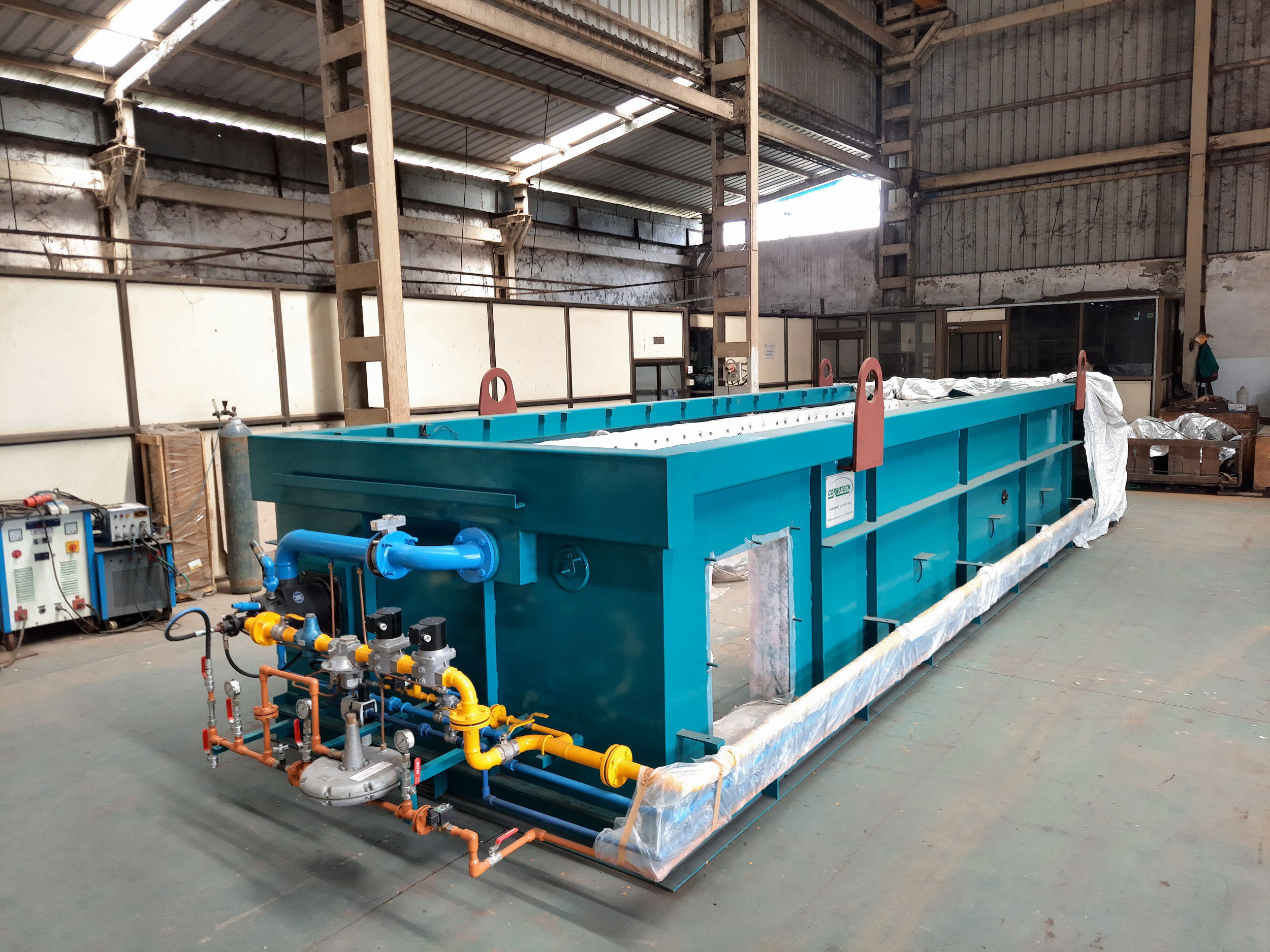Why is galvanization important? What is the use of galvanizing furnace?
At the outset, understanding the process of galvanization assumes significance. In the latter part of this blog, we’ll focus on the all-important galvanizing furnace.

Understanding Galvanization
In plain language, galvanization can be described as the process comprising immersion of iron or steel in a bath of molten zinc. Consequently, the metallurgical chemical reaction forms a multi-layered coating of zinc-iron alloy and zinc metal. It all occurs due to a diffusion process. Therefore the coating occurs perpendicular to all surfaces, results in the creation of a uniform thickness across the part.
Advantages of galvanization
Manufacturing industries cutting across domains use galvanized steel as it offers longevity and reliability. How does it happen? The zinc coating applied through the galvanization process protects the base metal – iron and steel acting as an invincible fence to numerous corrosive elements. Whereas the sacrificial property of the coating lends strength and durability to the steel-made products.
Amazing properties of galvanization and benefits are transforming various sectors and industries. Calling it a massive boon for mankind wouldn’t be an exaggeration. The galvanized steel is being leveraged in agriculture, solar, automobile, infrastructure, railways, and shipping among others.
Hot-Dip Galvanizing Furnace The evolution of technology has facilitated the development of myriad galvanizing processes. Keeping in view the wide range of challenges being faced by industries using iron and steel, the hot-dip galvanizing process is the best and pragmatic.
The sophisticated hot-dip galvanizing process comprises a few metallurgical processes. In this method, the metal object is immersed in a molten pool of zinc with a temperature of around 860°F (460 °C). The moment metal is dipped inside the molten lava; a metallurgical reaction begins between the zinc and the receiving metal. When the metal is pulled out from the molten zinc lava, it’s exposed to the atmospheric environment; zinc reacts with oxygen and forms zinc oxide. Whereas zinc-oxide reacts further with carbon dioxide and forms zinc carbonate. This zinc carbonate finally develops into a final protective layer or coating.
Source: https://arvindcorrotechindia.blogspot.com/2021/08/why-is-galvanization-important-what-is.html
